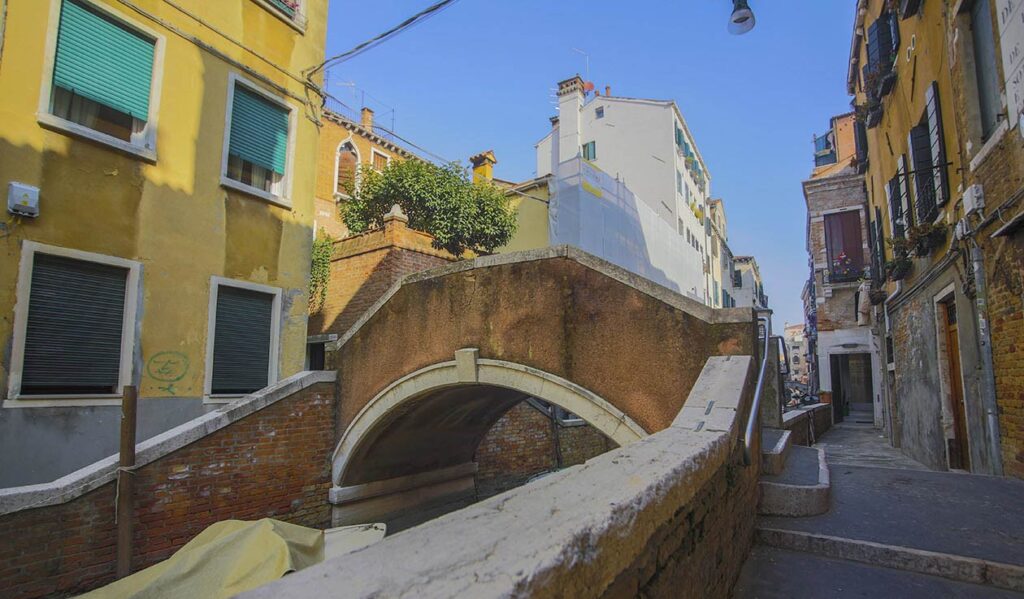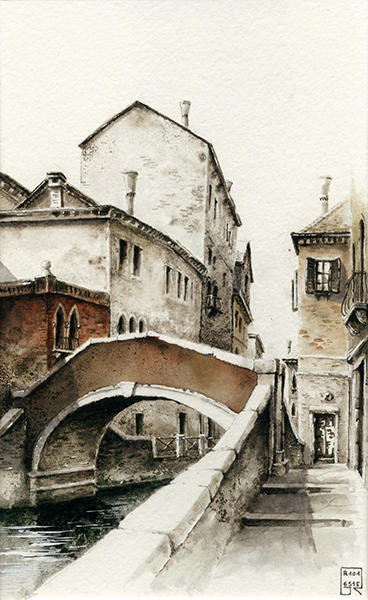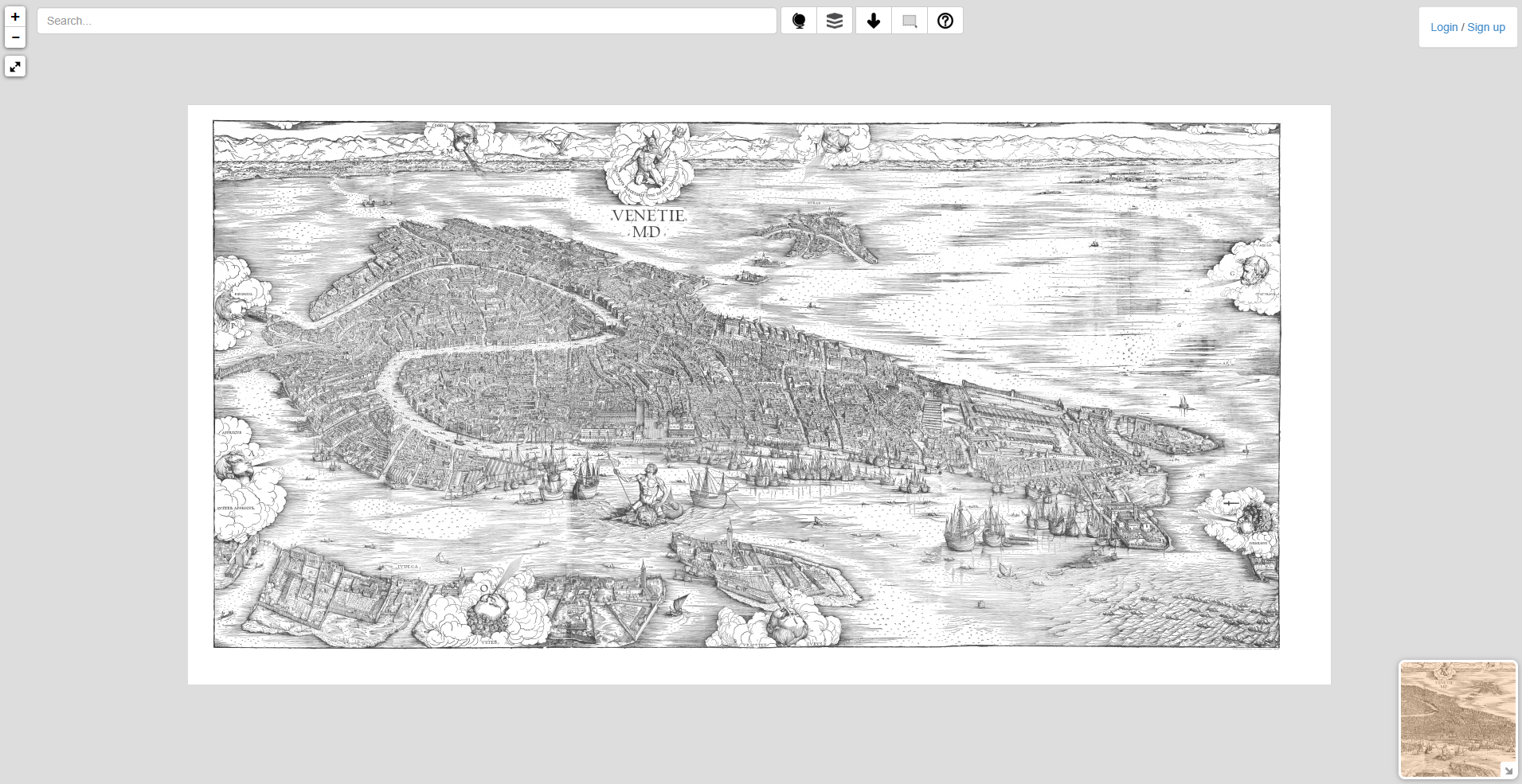
Cartography Venice Project Center
During high school, the Italian government required IT students to complete an internship of 400 to 600 hours, at the time, I didn’t realize that the conditions might not be ethical or equitable, but I was incredibly excited.
Finally, I had the chance to work in an office alongside real programmers, gaining firsthand experience in the field I was passionate about.
So, one foggy day in November, a small web development office called me and offered me a long internship, and that’s how it began, just a young version of me, full of dreams and eager to learn, stepping into a world full of new experiences and endless possibilities.
I was fascinated by the location of that office, right in the heart of Venice, near the famous bridge (I swear, it’s not my fault!) called Ponte de le Tette, it was such a unique and captivating spot, adding a bit of charm to the experience of working in one of the most beautiful cities in the world.
Speaking about the job I did in that office, it wasn’t easy, they took a tough approach. During the first year, which amounted to about 150 hours, I mainly focused on debugging and solving small issues in the code, it was a lot of repetitive work, but it laid the foundation for understanding the intricacies of programming and problem-solving.
After that, they acknowledged that I wasn’t a complete newbie anymore, the task became more challenging: I was assigned to take an old, unused website, fix its issues, create new features, and add fresh content, it was a significant step up, pushing me to apply what I had learned and develop new skills while breathing new life into an outdated site.
The site was an interactive map showcasing all historical maps of Venice, from Jacopo de Barbari to Ludovico Ughi. However, it was buggy, extremely slow, and far from user-friendly, together with a small team, we worked for about 200-300 hours to revamp it, we focused on improving the performance, fixing bugs, and making the user experience smoother, transforming it into a more functional and engaging tool for visitors.
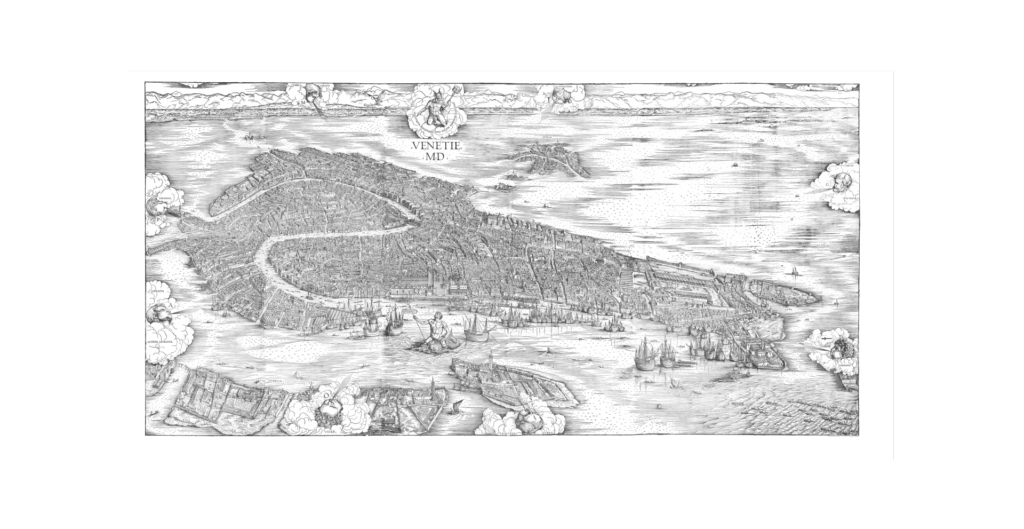
Jacopo de' Barbari
1500
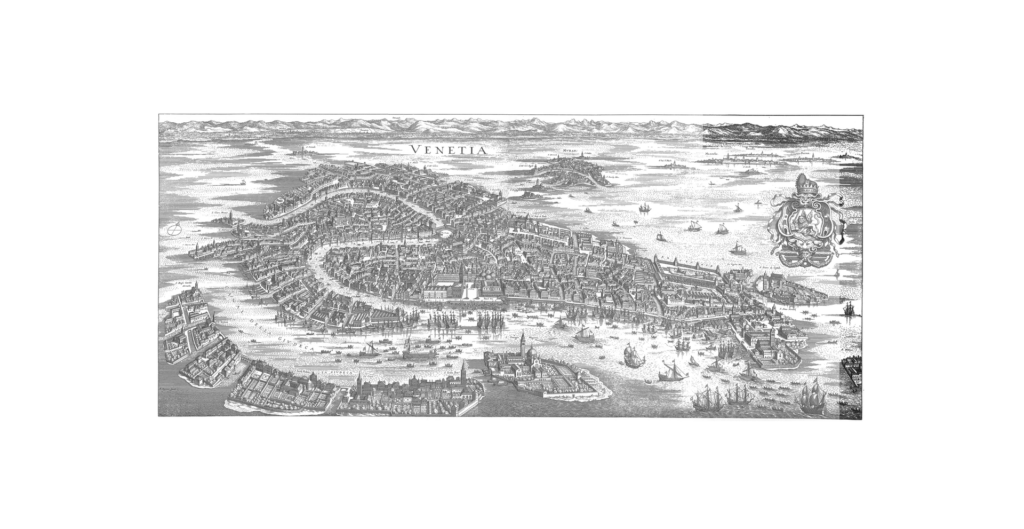
Matthäus Merian
1635

Ludovico Ughi
1729
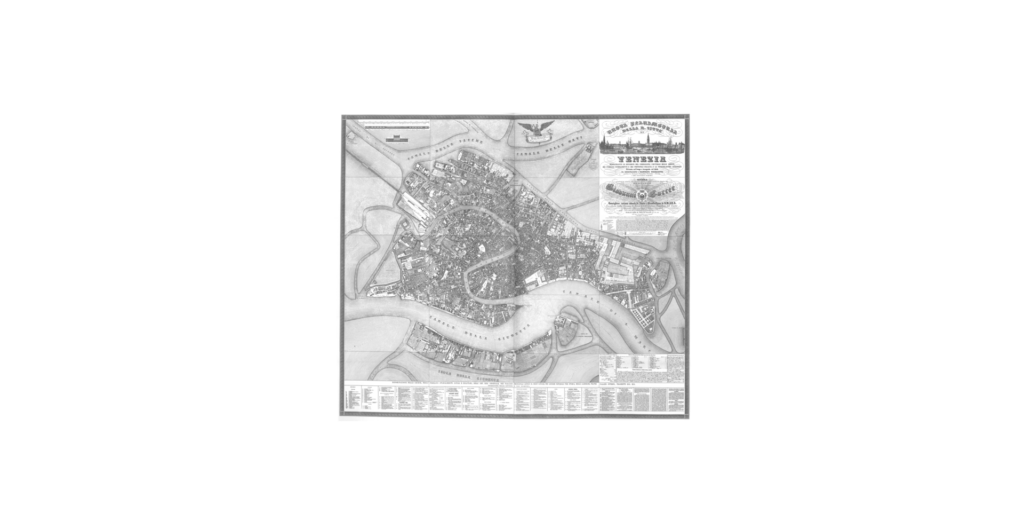
Bernardo & Gaetano Combatti
1847
Each map could be expanded to a minimum level of detail, and through a recognition system, many points on the map were identified with their names.
The most intriguing part of the project was highlighting the transformations across these maps, showing how landmarks like bridges or churches were either removed or reconstructed over time.
This allowed users to visually track the changes in Venice’s landscape through different historical periods, adding depth and context to the maps.
The work was highly appreciated and even used by several offices in Venice.
Eventually, journalists came to speak with us about the project, on the right is the only screenshot I have of it, capturing a moment of pride for all the hard work and collaboration that went into bringing this historical map project to life.
There’s certainly a lot to reflect on regarding the points raised in this article, but now is not the time.
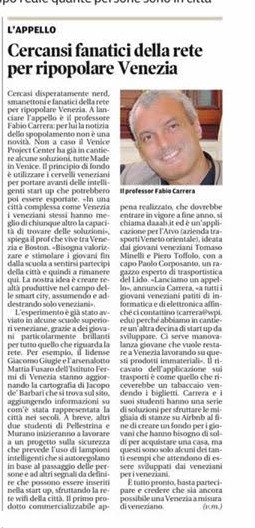
After that project, during my last 100-200 hours, I was introduced to Angular and other new technologies.
It was an exciting experience, I even attended meetings with some of the brightest minds in web development from other companies, learning a great deal along the way, however, I had to leave the internship behind to begin my university studies, marking the end of that chapter and the start of a new journey.

